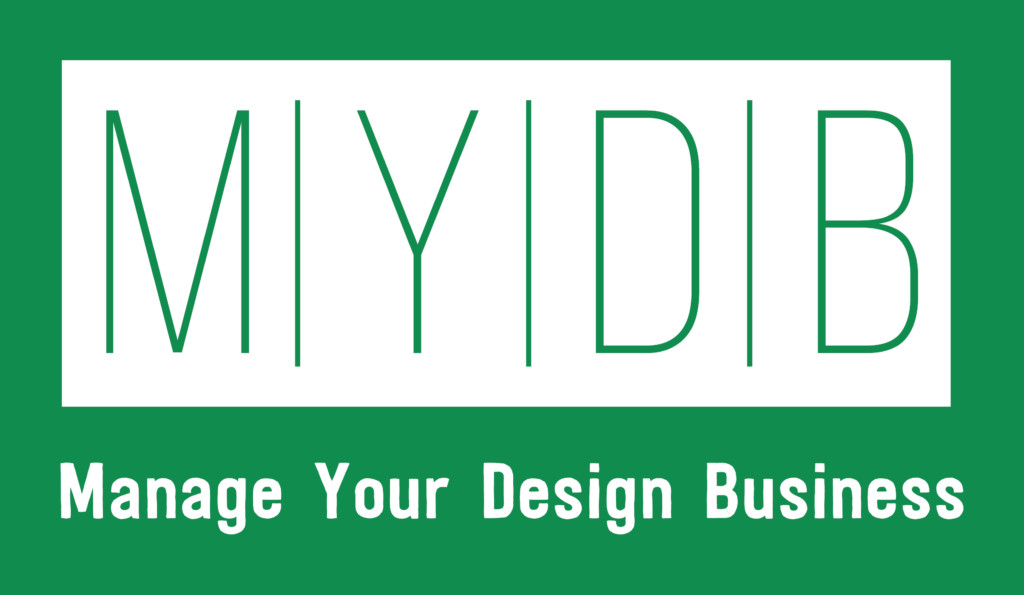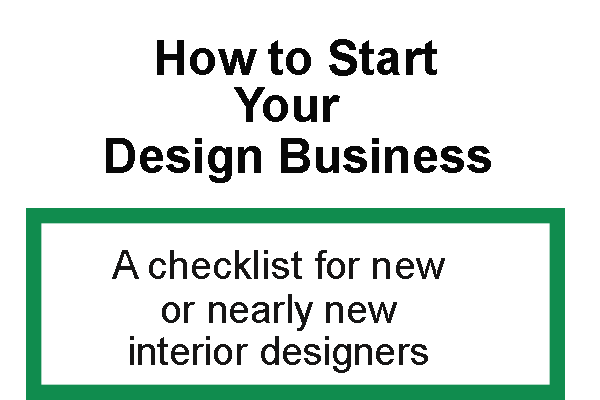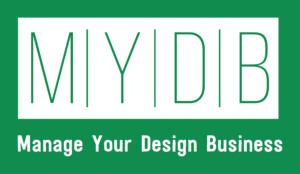Learned It From Experience: L.I.F.E Lesson #7
Design projects are emotionally charged. There is a lot of money and time involved. Throw in the fact that this is their home and they don’t understand all of the choices and decisions. They must explicitly trust you as the designer to make sure their home will turn out as they have envisioned it.
They want you to push them out of their comfort zone, but they will question it every step of the way. We are often marriage counselors, therapists, best friends, in addition to being their designers. It is a delicate balance of emotions, communication, and expectations. Letting the clients know up front that something is going to go wrong during the process will help. As designers, we know the process and we know there are many factors that go into a project. As clients, this may be their first remodel, or maybe it isn’t but living through a remodel and designing and managing it are two different stories.
Set the expectations upfront. This is for everything from the length of design time and when they can expect things back from you to fabrication and lead times; depending on the time of year, supply chain, level of customization the lead times will vary. Under-promise over-deliver!
Be upfront about the contractor. Many, but not all contractors struggle with communication. This is why I suggest you be the conduit for that go-between communication. Let the client know to contact you when issues arise.
There is no denying that remodels, custom furniture, any home projects can be stressful. Having strangers in and out of the home, not knowing what is really happening and when it will happen can cause all sorts of feelings.
If you are the constant, steady calm force for your client, this will help to get through the issues when they do come up. Ultimately, you all want the same result, but both parties have different understandings of how to get there.
Love what you’re learning here? Join MYDB to continue the conversation!












